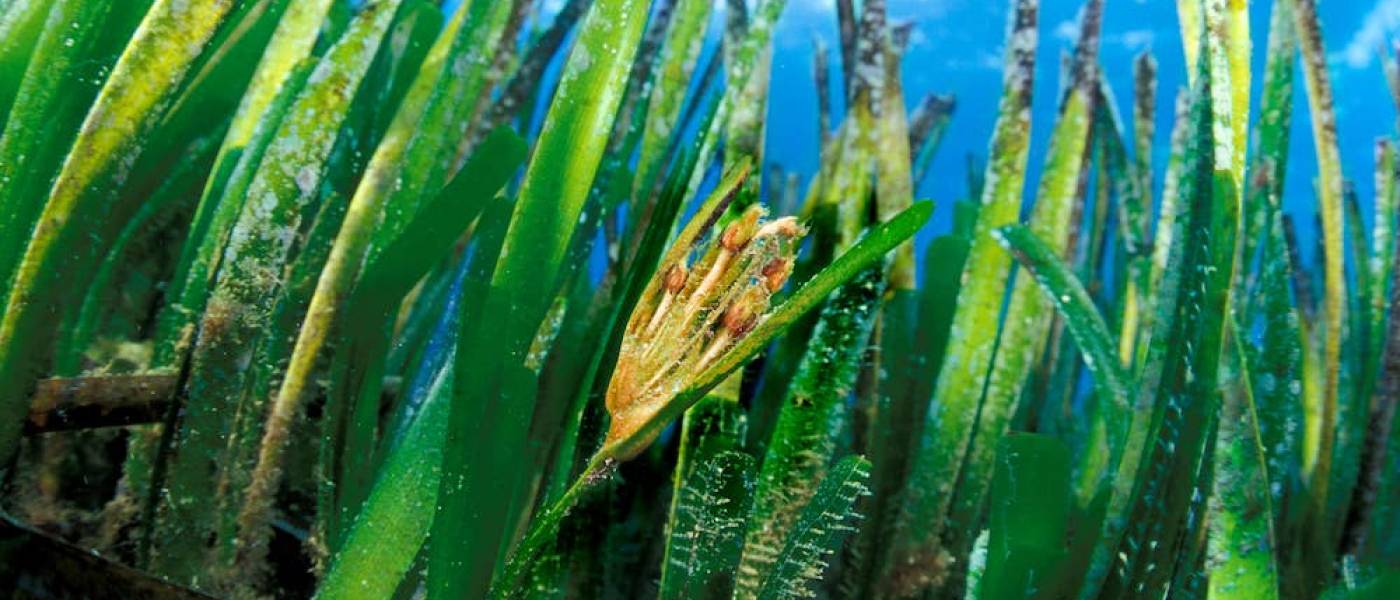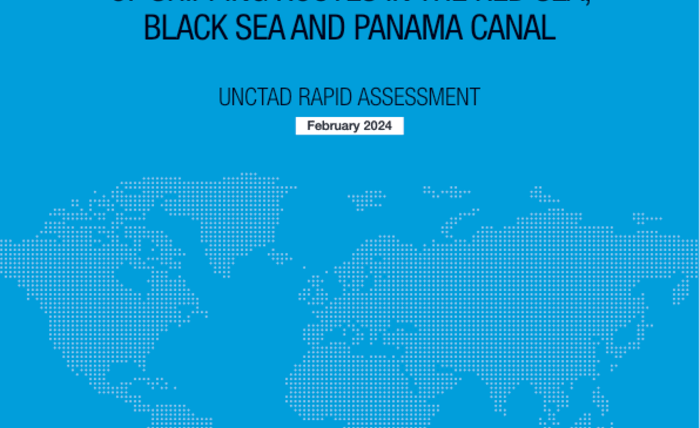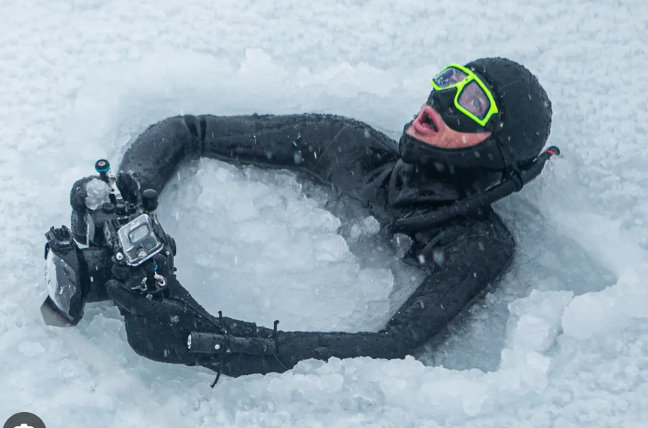Responsible for the annual monitoring of Posidonia meadows in the French Mediterranean, Andromède Océanologie has noted renewed growth in certain areas of Occitanie, probably linked to progress in wastewater treatment in France. Good news for this ecosystem subject to many pressures.
“Early signals of the recovery of Posidonia oceanica meadows in the context of improved wastewater treatment”. This is the title of the article, cautious but positive, published in the April edition of the scientific journal Marine Pollution Bulletin, of which Thomas Bockel is the main author. A research engineer in marine ecology and doctoral student, he has worked for six years at Andromède Océanologie, a company founded in 2008 by two marine biologists, Pierre Descamp and Laurent Ballesta, also a famous animal photographer.
Based in Carnon (Hérault) and specializing in the study, restoration and enhancement of marine ecosystems, the company has been monitoring the ecological state of Posidonia meadows in the French Mediterranean for around ten years, on behalf of of the Rhône-Mediterranean-Corsica Water Agency. “This represents a large stretch of coastline, which extends over the Occitanie, Provence-Alpes-Côte d’Azur and Corsica regions,” explains Thomas Bockel to Mer et Marine. “We focus on one of these regions every year, and come back every three years.”
Multiple anthropogenic pressures
Why so much attention given to these posidonia? Because these marine flowering plants endemic to the Mediterranean, which develop between 0 and 40 meters deep, provide numerous ecosystem services: “their large root mass several meters deep creates a sort of barrier against the swell, they serve nursery for juvenile fish, fix and store carbon in proportions comparable to the largest tropical forests…”, lists the researcher. Hence the importance of not degrading this ecosystem, which is estimated to have lost 10% of surface area in 100 years throughout the Mediterranean basin.
The cause is anthropic pressures, that is to say of human origin, which have continued to increase for around fifty years. Coastal developments, urban discharges, anchoring and global warming are undermining underwater meadows, which are nevertheless protected, in France, by a ministerial decree dating from 1988, but also by the international conventions of Bern and Barcelona. It is also identified as a priority habitat under the European directive “Habitat, fauna, flora”, which dates from 1992.
Biological treatment of organic matter
So much for the theory. In practice, if posidonia occupy around 80,000 hectares in France, and still cover 66.2% of the funds in Corsica and 33.5% in Provence-Alpes-Côte d’Azur, « they have almost disappeared in Occitanie », explains Thomas Bockel. These strong variations between regions are notably linked to their different hydrological conditions. “But, from 2021-2022, we began to observe in Occitania resumption of growth in the lower limit of the seagrass beds, at a depth of 35 meters.”
Among the possible explanatory factors, the doctoral student chooses to focus on the consequences of improving wastewater treatment, implemented in France at the beginning of the 2010s in application of a European directive dating from 1991. “Until then , in the treatment plants, the wastewater was only treated physically, with a grid to capture the macro-waste, but the biological and chemical pollution was not treated and came to contaminate the natural environment when it was there. rejected”. For around ten years, a stage of biological treatment of organic matter has been added to the process: the water arrives in a basin where bacteria have developed which will digest the impurities, before the discharge of the treated water into the natural environment.
Data over 20 years
To determine whether the resumption of seagrass growth is linked to these improvements, the Andromeda Oceanology team analyzed and then cross-referenced data transmitted by the Water Agency on the flow of pollutants in urban discharges on the one hand. , and environmental data from the Copernicus satellite network (surface temperature, turbidity, salinity, etc.) on the other hand, all over a period of 20 years.
The results tend to show that there would indeed be a correlation between the improvement in wastewater treatment and the recovery observed, particularly in the Andromeda Oceanography monitoring sites, in Paulilles in the Gulf of Lion Marine Natural Park (Pyrenees). -Orientales), in Agde (Hérault) and in Carnon. Even if he wants to remain cautious, Thomas Bockel still speaks of a “positive signal, for something that takes time: it took 20 years for the regulations to be applied, and an additional ten years for start to see an improvement in the environment. Knowing that France is rather a good student compared to other European countries.”
Passive restoration
The identification and then reduction of pressures causing ecosystem degradation fall under the principle of passive ecological restoration, which is based on the resilience of environments, unlike active restoration, which involves human intervention. . “Before replanting Posidonia meadows, as we do elsewhere, we must start by reducing pressure,” insists Thomas Bockel.
Andromède Océanologie, which has been carrying out continuous mapping of underwater habitats in the French Mediterranean for ten years (Medtrix platform), for example launched in 2018 a tool which allows ship owners to participate in the reduction of a particularly destructive pressure for seagrass beds, particularly in the Provence-Alpes-Côte d’Azur region: that of anchoring. The Donia application, which today has 50,000 active users, allows you, thanks to cartography, to know the nature of the underwater soil beneath your vessel, and therefore to avoid sensitive areas.
It is in fact better to identify them before dropping anchor: since 2019, a decree from the Maritime Prefecture of the Mediterranean prohibits the anchoring of boats longer than 24 meters in areas sheltering Posidonia meadows. With the signing of the last local decree in 2023, the entire French Mediterranean coast is now covered. Offenders risk fines of up to 150,000 euros and one year of imprisonment, suspension of the navigation license or even exclusion from the territorial sea for foreign offenders.




